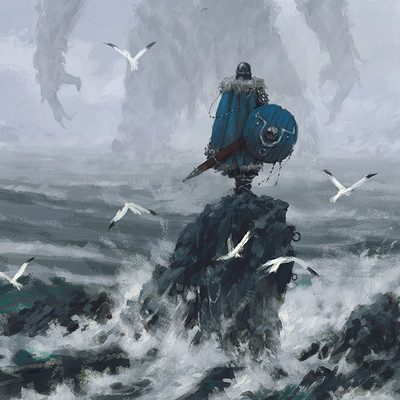However, the name provided little info as to the disparity between the 2 worlds. In the case of conceptual artwork, a satisfactory reply to (i) will most likely appeal to parts such because the narrative aids supplied by artists or curators (e.g. catalogues, titles, exhibited explanations, labels, and so on.); the appropriate mode of perception (i.e. looking or listening); and what we all know concerning the art work’s and artist’s social, historical, political or creative context.
A characteristic method by which conceptual artwork explores the boundaries of the paintings is by a process of questioning the place the realm of the inventive ends and that of utility begins. Paul Wood’s Conceptual Art is crucial reading for anybody who needs to grasp exactly how and why exhibitions of contemporary artwork have come to incorporate something and every part—from pickled sharks to mass-produced bathrooms, piles of garbage to multi-display screen videos.
In many instances, the ‘artwork-making’ and the ‘artwork’ come together, as a result of what’s sought is an identification of the notion of the work of art with the conceptual activity of the artist. For the primary time the word performance was utilized by an American composer John Cage for his composition 433 (4 minutes and 33 seconds of silence) in 1952, but as with Conceptual art, the motion grew in traction throughout the sixties. Because of its tendency to know all art as conceptual, the conceptual art motion typically consists of those practices that would not be linked with conceptual artwork in the first place.
This presumption fuels resentment and hostility, especially if the conceptual work in query exhibits no apparent evidence of seriousness or effort, is a readymade/appropriation, or tries to shock us with something revolting. The conceptual approach is an alternative choice to artwork conceived in visible language, not a more superior and encompassing development.
As we have seen, although, we are often inspired by conceptual artists to take the interpretative exercise into our personal fingers, so to talk, and never be shy to make use of features about ourselves and our personal lives as interpretive tools. Setting aside the details of such an account, one of the issues conceptual artwork has helped philosophers to know more absolutely is that any profitable basic definition, or indeed principled principle of the identification of artwork, will need to have the non-manifest properties of artworks at its centre.
